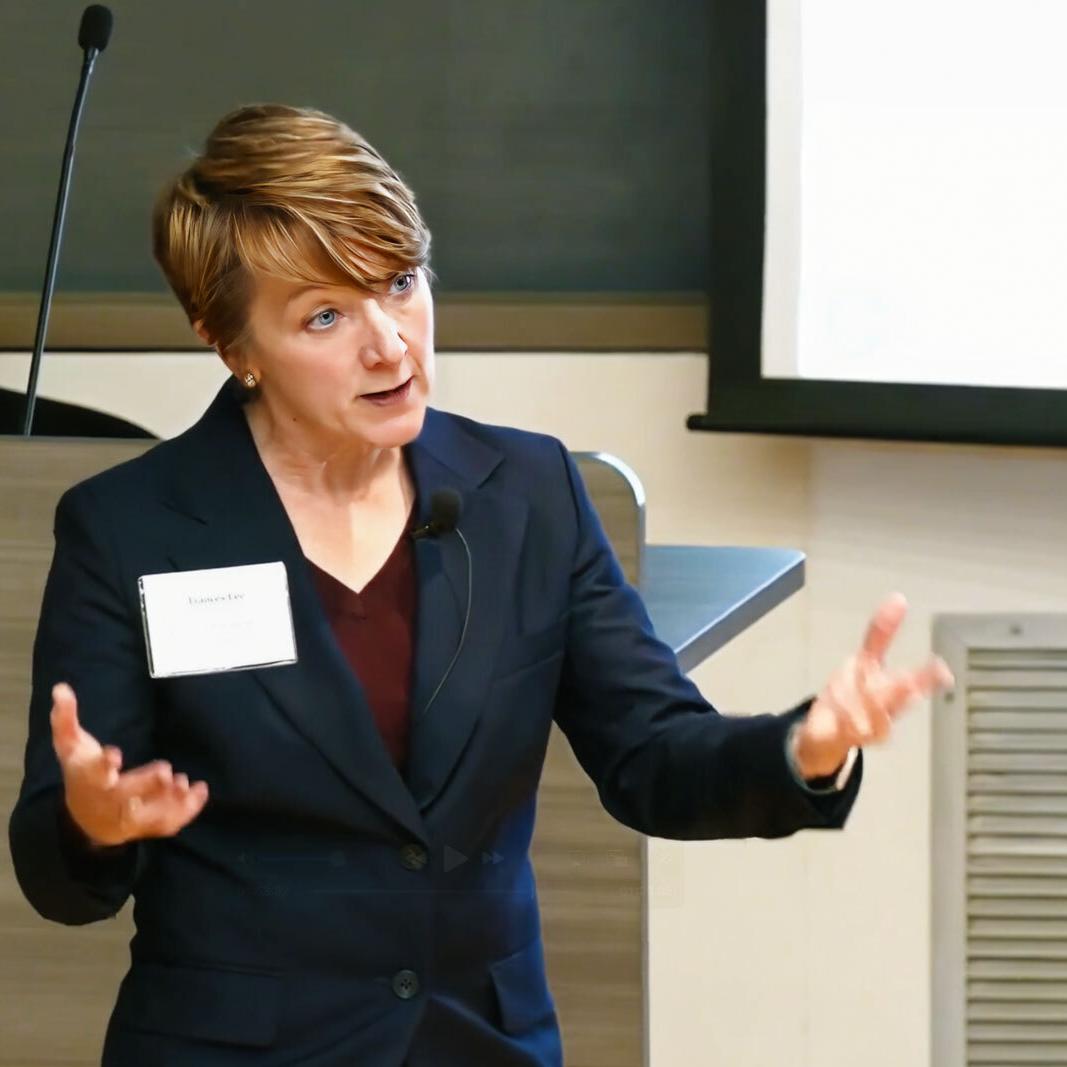Poor nutrition, inadequate housing, the plight of refugees, the extinction of species – the world’s problems can seem so overwhelming that people often tune them out. How can organizations trying to solve those problems persuade people to pay attention and take action?
Make emotional appeals, with eye-catching statistics and human interest stories, according to a new study by a Cornell professor and his colleague. The research sheds light on the types of statistical and narrative evidence that are most effective at changing behavior.
“Pull at people’s emotional heartstrings,” said co-author Adam Seth Levine, associate professor of government. “You can do it with certain forms of statistical evidence. You can do it with sympathetic case studies. And that will move behavior and move attitudes.”
The paper, “Political Issues, Evidence and Citizen Engagement: The Case of Unequal Access to Affordable Health Care,” appeared Feb. 13 in The Journal of Politics.
Levine and co-author Yanna Krupnikov of Stony Brook University wanted to understand what makes people care about social and economic problems they may not necessarily face in their daily lives, and whether that concern is a function of how the problems are described.
The team looked at several types of evidence showing that a problem exists. For example, statistics can describe the magnitude of the problem or they can be phrased in percentage terms – such as the percentage of people who are facing a problem. Case studies describe the experiences of one person or a small group of people experiencing the problem. Levine and Krupnikov designed a series of studies to test which type of evidence increased people’s engagement – either by making a donation, paying attention to an email or stating a concern.
To conduct the research, they collaborated with a nonprofit in Ithaca, New York, that strives to increase access to affordable health care, including funding for a free clinic.
In the studies, likely new donors received solicitations by mail, members of the organization received a solicitation email, and study participants unaffiliated with the organization took a survey gauging their interest in access to affordable health care. Throughout, the messaging used combinations of high percentages, low percentages, case studies and raw numbers to describe the magnitude of the uninsured who can’t afford health care.
For example, the potential donors received either a standard letter, one saying 57 percent of uninsured people couldn’t afford the care they need, or one describing how a real uninsured person benefited from the nonprofit’s services. In another study, the email’s a subject line said either “Please help! 22.8 million uninsured still can’t afford insurance” or “… 79 percent of the uninsured still can’t afford insurance.”
In the survey study, some participants took a survey that used a raw figure (29.5 million) to describe the magnitude of uninsured people who can’t afford health care. Others took a survey that used both the raw number and the total population of uninsured people (29.5 million out of 51.8 million).
Across the board, the percentage-based evidence and the human interest evidence tended to drive engagement but talking about the overall magnitude of the problem didn’t, Levine said.
“When you talk about the millions of children who are starving, or the millions of refugees who are seeking out a better life,” he said, “it fails to have this emotional connection that tends to then motivate people to pay more attention and to become engaged.”
The collaboration with the nonprofit was key to the research, said Levine, who is president of research4impact, a nonprofit organization that builds relationships between researchers and practitioners. “These studies were done in the real world, with people making real donations or paying attention to real emails. It wasn’t bringing people into a lab and giving artificial information,” he said.
And the study offers a model of what a meaningful collaboration between academics and practitioners can look like. “They just want to know what works,” Levine said of the nonprofit. “As a result of this study, we could give them advice.”





